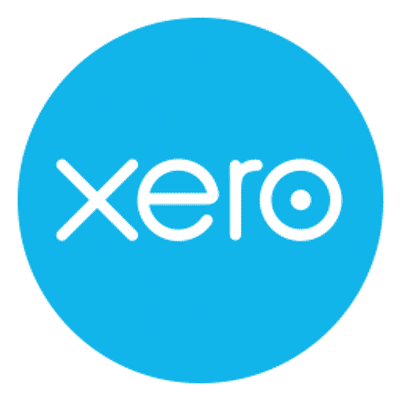Contalog is a Inventory Management Software. Contalog offers Transfer Management, Traceability, Supplier Management, Shipping Management, Serialized Inventory Tracking and many more functionalities.
Some top alternatives to Contalog includes Zoho Inventory, inFlow Inventory, EazyStock, CyberStockroom and EZOfficeInventory.
No, Contalog doesn't provide API.
Yes, Contalog provides a mobile app.
Contalog is located in Sunnyvale, CA
Contalog offers Free Trial, Subscription pricing models
Yes, Contalog can integrate with
The starting price of Contalog is $99/Month













